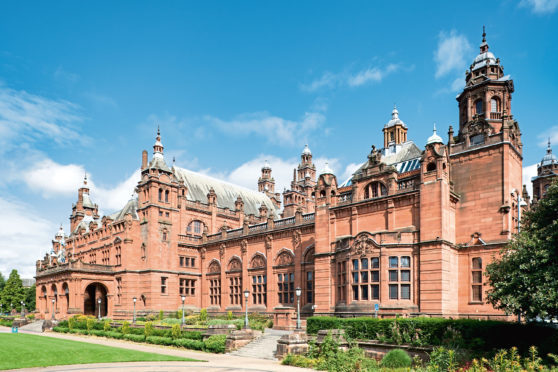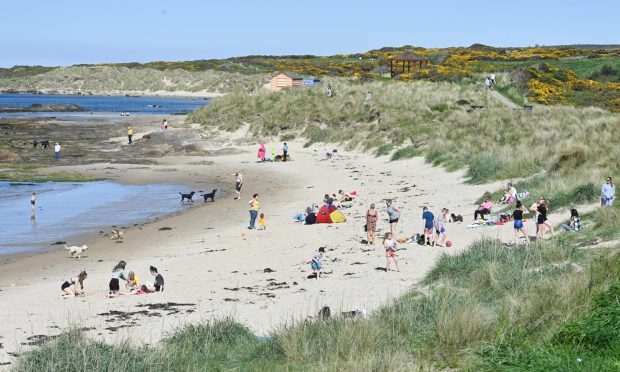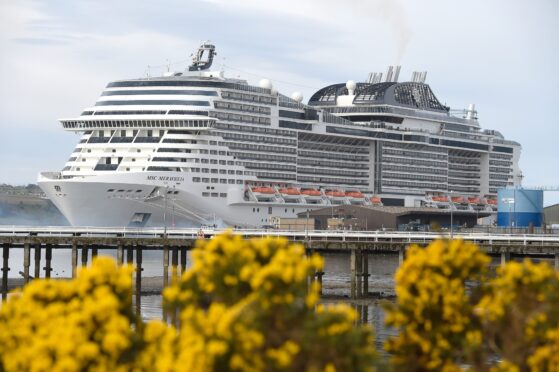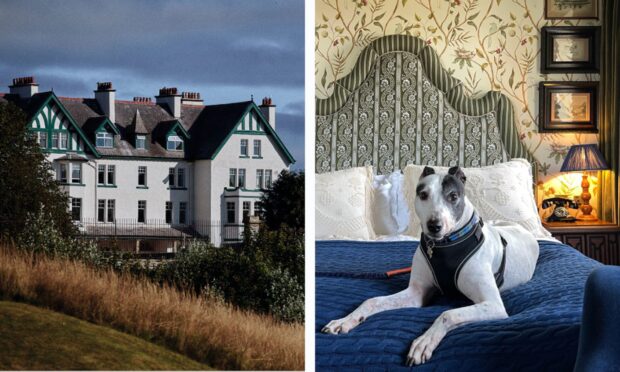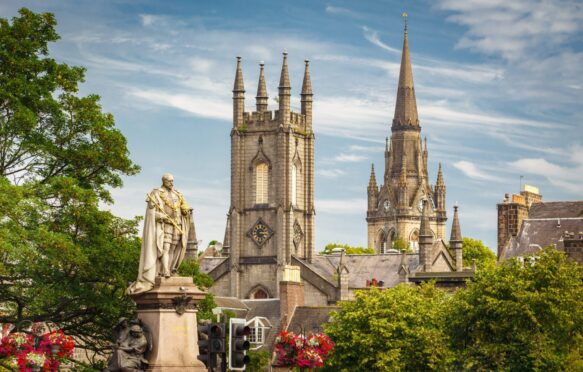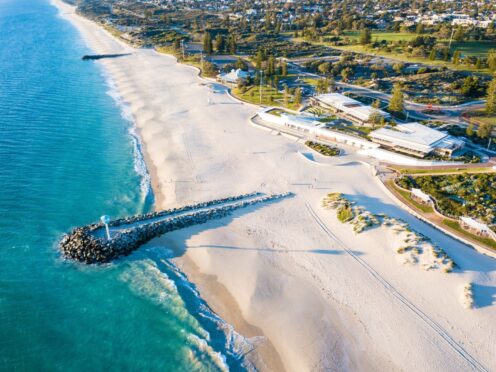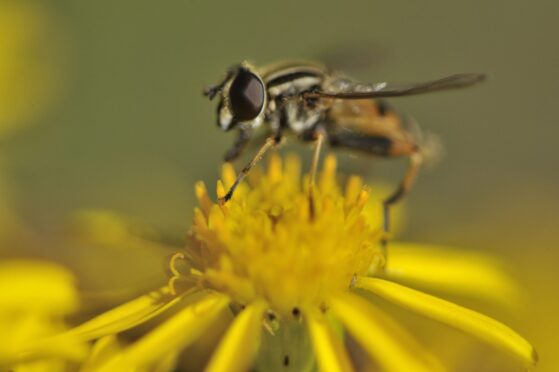This summer, after a century that has included decades of neglect, Glasgow is making it up to one of its most famous sons.
Charles Rennie Mackintosh, often called Scotland’s greatest architect, is at last, albeit posthumously, receiving the treatment-royale from the Dear Green Place in the CRM 150 celebrations that are marking the 150th anniversary of his birth.
About time too.
Mackintosh could never have achieved even the scant recognition of his youth had he been born anywhere else. The very streets and buildings of the late 19th Century’s Second City Of The Empire were woven into the spirit of his creativity as he walked amid the classicism and titanic edifices of Alexander “Greek” Thomson. Yet therein lies the conundrum. Because what Mackintosh actually produced was everything that Glasgow wasn’t, and in 1914, when he was 46 years old, he was forced to take his leave with his tail between his legs, never to return. No man is a prophet in his own back yard. The adage would seem to fit. So much for Art Nouveau.
He died in penury, of throat cancer, in London in 1928. But his legacy did not. His European fame, especially the impression he made in Germany and Austria, and which had lain dormant for so long, at last emerged through the Post Modern movement of the 1970s so that the late 20th Century witnessed a “Mockintosh” revival which sold a lot of very strange “jewellery”.
Soon after he left Glasgow, and Scotland, Mackintosh turned his back on architecture and decided to be a watercolour artist in the south of France, where he could live cheaply. His rejection for the new Liverpool Cathedral had hit him hard. His design was a clear winner, but the English Establishment wouldn’t let him have the commission. Instead, it went to Giles Gilbert-Scott, designer of Battersea Power Station and the red telephone booth. Giles’ dad had designed the Albert Memorial.
After the completion of the Glasgow School Of Art in 1909 Mackintosh never received another serious commission, but it is the sheer scale and richness of what he produced in that fertile period which had begun in 1893, and of course the great man’s worldwide influence, that Glasgow now celebrates.
THE WILLOW TEA ROOMS, 217 SAUCHIEHALL STREET
Glasgow’s most famous drag Sauchiehall Street actually means street of the willows; hard to imagine in its modern manifestation. But a visit today will transport you back in time to a simpler and more elegant age. Unique interiors by Mackintosh and his wife Margaret Macdonald, who spent most of 1903 creating this wonderful place for the tearoom magnate Miss Kate Cranston, can be enjoyed. Restoration has just been completed by the Willow Tea Rooms Trust, preserving the original design, with all three levels opening last month on July 2. There is a new, adjacent visitor centre, hosted by the Charles Rennie Mackintosh Society.
THE MACKINTOSH HOUSE AT THE HUNTERIAN
https://www.instagram.com/p/8kXgIOCwuS/?hl=en&taken-at=4337969
Unmissable. Be sure to make this a priority if you have time to visit only one Mackintosh place. My guide for this tour was the wonderfully ebullient Nigel Goldsmith, a man whom you would swear was a close friend of Mackintosh and who somehow became immortal. The Mackintosh House replicates the interiors of 6 Florentine Terrace, home of CRM and Margaret Macdonald from 1906 to 1914. In the Mackintosh House Gallery you can see a reconstruction of the dramatic bedroom he created for model-trains magnate Wenman Basset-Lowke at 78 Derngate, Northampton.
MAKING THE GLASGOW STYLE
This is the title of the Mackintosh exhibition currently taking pride of place at the famous Kelvingrove art gallery and museum. It features the best Mackintosh works held by the city including a lot of previously unseen material as a number of objects have hitherto never been on public display . . . stained glass, ceramics, mosaic, metalwork, furniture, embroidery, books, interiors and architecture. Mackintosh always demanded total control. From the buildings themselves right down to the dinner-table cutlery.
HOUSE FOR AN ART LOVER
They say that every house has a story to tell, but you could write a book about this one. In 1900, while on a visit to Vienna, where they were lauded as geniuses, the Mackintoshes entered a competition for the design of a large country house that would be the perfect abode for a connoisseur and patron of the arts. But they failed to send in three perspectives of the interior so their entry was not considered. This technicality robbed them of victory, for the judges clearly favoured their design.
But the blueprints survived and nearly 100 years later House For An Art Lover at last became a reality when Glasgow civil engineer Graham Roxburgh had the idea of building it in the city’s Bellahouston Park, helped by the City Council and many charitable donations. Today, its stunning Mackintosh interiors provide a focal point for art exhibitions, corporate events and you can even get married there. I felt privileged to be given the tour by artist in residence James Winnett. It was hard to leave the Music Room.
QUEEN’S CROSS CHURCH
Much in demand as a wedding and conference venue, this is the only church building designed by Mackintosh and stands at 870 Garscube Road in Springbank. Such was the fearlessness of Mackintosh that in this building he actually achieves a magical blending of the Japanese and the Gothic. A treasury of exquisite details.
THE BURNING QUESTION
A few days before I was due to visit it on my Mackintosh tour, the Glasgow School Of Art burned down . . . for the second time in four years.
Generally recognised as Mackintosh’s masterpiece, it was still being restored after the first fire in 2014 which destroyed its world-famous library.
After the first fire, the reaction was swift – and favourable. Money would be raised. The library would be rebuilt. Donations would be generous. Even the Hollywood movie star Brad Pitt chipped in with £100,000.
But what happens this time? Both national and local government have pledged money to rebuild yet again. But this time the game just might not be worth the candle.
The Glasgow School Of Art has never had an easy ride. Even at its conception in 1896 it was always going to be a major challenge for Mackintosh, with the Renfrew Street site sloping southwards down one of Glasgow’s steepest hills. The governors could only afford to build the central and eastern parts of the building in the 1890s and it was not completed until 10 years later. Yet here was the place where Mackintosh worked his magic.
The School Of Art was a symphony of the plain and the sumptuous. Mackintosh enjoyed playing tricks with the observer’s spatial awareness and alongside the necessary mechanical features there were features which had no function.
For example, the wrought ironwork framing the huge studio windows was crafted to look like the long-stemmed roses that featured in many of the Mackintoshes’ symbolic posters and paintings and in the gesso panels of the Cranston tearooms. Yet they also served as holders for the window-cleaners’ planks.
Freestyle, here, is not a strong enough term. The Japanese influence, juxtapositioned with the Scottish baronial. Who else would have attempted it?
Mackintosh’s layout was a shallow E, with the central core holding the services and admin room as well as the entrance hall and the staircase. Higher up was the headmaster’s room and studio and at the top the museum and the gallery for the students to display their work. The big studios were ranged on either side of this central core in order to catch the north light. Two outer wings held the library, caretaker’s quarters and boardroom. As these wings fell backwards, as it were, into the slope of Renfrew Street, they consisted of five storeys compared with just three on the south front. Although there was a difference of two storeys between front and back, you couldn’t see it in the elevation. It was hidden by the slope of the site.
Apart from the decade delay in completion, there were money wrangles and Mackintosh was often asked to review and to chop and change . . . anathema to him. In the end, they didn’t know what to make of it. When it finally opened in its entirety in 1909 it was not particularly well-received, even by its own students, many of whom considered it to be an ugly mish-mash of the overstated.
After the second phase opened, Mackintosh didn’t get much work and no more major commissions. The country’s economy was in a slump and war was looming. He took to the bottle. He resigned his partnership at Honeyman and Keppie and tried to set up on his own. He failed. Yet the School Of Art came to be recognised for the magnificent creation that it truly was, although Mackintosh did not live to see this.
And yet, there seems to be some kind of bitter irony in its destruction by fire TWICE within four years – and the second time in the very summer of the 150th anniversary celebrations.
Spooky? Twisted revenge from beyond the grave? Well, back in the early days, Mackintosh, Margaret Macdonald and Herbert and Frances McNair were given the nickname The Spook School when they exhibited their paintings of vampire-like androgynous women. But what’s in a nickname?
GD McNutt is the author of Design By Desire: A Novel Of Charles Rennie Mackintosh (PublishNation £7.99) Amazon UK and Lulu online. For more information on Mackintosh 150 visit www.peoplemakeglasgow.com/things-to-do/mackintosh/mackintosh-150
